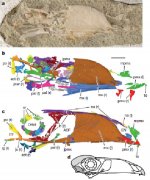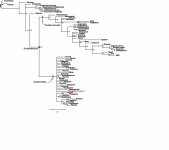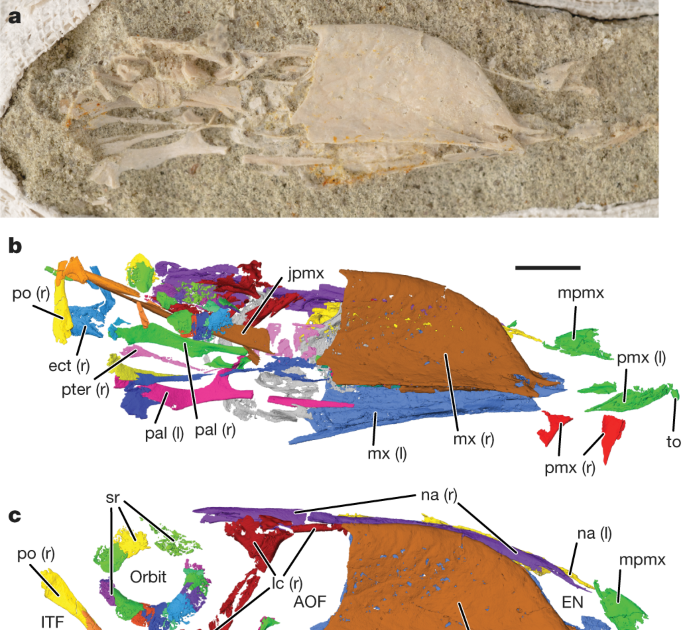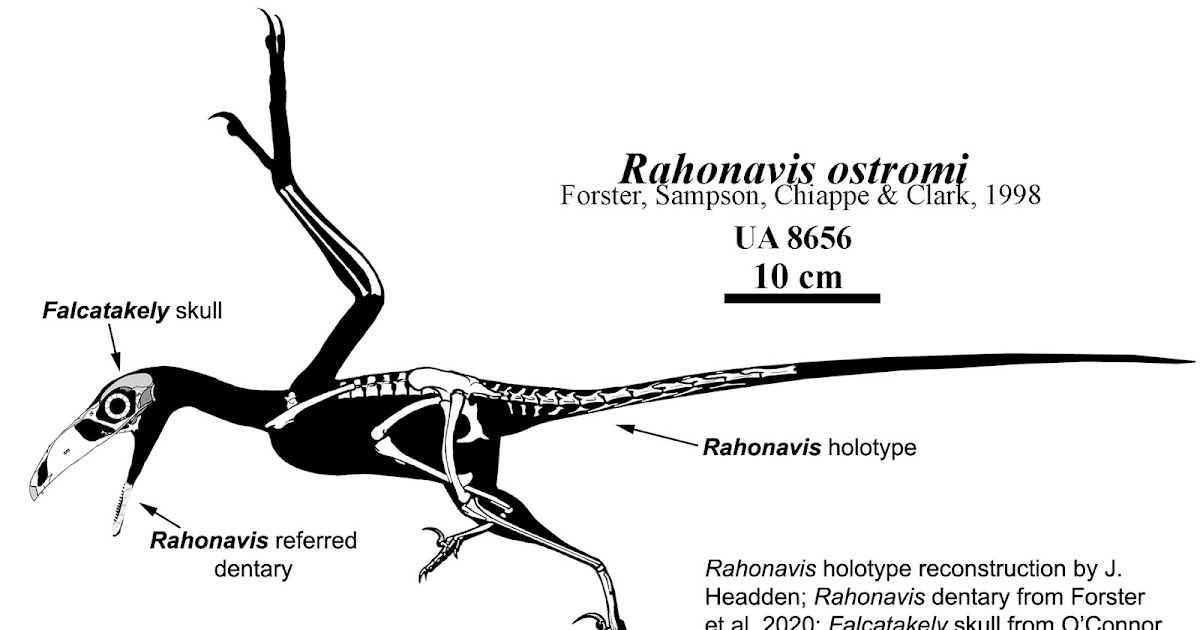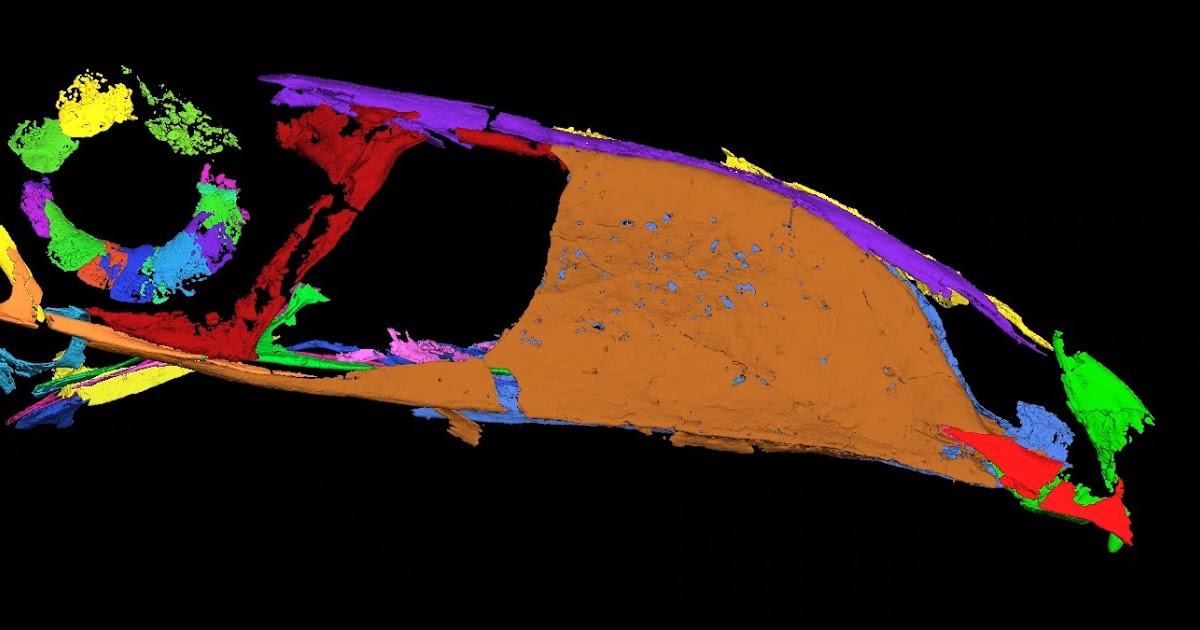Fred Ruhe
Well-known member

Patrick M. O'Connor, Alan H. Turner, Joseph R. Groenke, Ryan N. Felice, Raymond R. Rogers, David W. Krause & Lydia J. Rahantarisoa, 2020
Late Cretaceous bird from Madagascar reveals unique development of beaks
Nature in press doi:10.1038/s41586-020-2945-x.
Abstract: https://www.nature.com/articles/s41586-020-2945-x
Mesozoic birds display considerable diversity in size, flight adaptations and feather organization but exhibit relatively conserved patterns of beak shape and development. Although Neornithine (that is, crown group) birds also exhibit constraint on facial development they have comparatively diverse beak morphologies associated with a range of feeding and behavioural ecologies, in contrast to Mesozoic birds. Here we describe a crow-sized stem bird, Falcatakely forsterae gen. et sp. nov., from the Late Cretaceous epoch of Madagascar that possesses a long and deep rostrum, an expression of beak morphology that was previously unknown among Mesozoic birds and is superficially similar to that of a variety of crown-group birds (for example, toucans). The rostrum of Falcatakely is composed of an expansive edentulous maxilla and a small tooth-bearing premaxilla. Morphometric analyses of individual bony elements and three-dimensional rostrum shape reveal the development of a neornithine-like facial anatomy despite the retention of a maxilla–premaxilla organization that is similar to that of nonavialan theropods. The patterning and increased height of the rostrum in Falcatakely reveals a degree of developmental lability and increased morphological disparity that was previously unknown in early branching avialans. Expression of this phenotype (and presumed ecology) in a stem bird underscores that consolidation to the neornithine-like, premaxilla-dominated rostrum was not an evolutionary prerequisite for beak enlargement
Enjoy,
Fred
Late Cretaceous bird from Madagascar reveals unique development of beaks
Nature in press doi:10.1038/s41586-020-2945-x.
Abstract: https://www.nature.com/articles/s41586-020-2945-x
Mesozoic birds display considerable diversity in size, flight adaptations and feather organization but exhibit relatively conserved patterns of beak shape and development. Although Neornithine (that is, crown group) birds also exhibit constraint on facial development they have comparatively diverse beak morphologies associated with a range of feeding and behavioural ecologies, in contrast to Mesozoic birds. Here we describe a crow-sized stem bird, Falcatakely forsterae gen. et sp. nov., from the Late Cretaceous epoch of Madagascar that possesses a long and deep rostrum, an expression of beak morphology that was previously unknown among Mesozoic birds and is superficially similar to that of a variety of crown-group birds (for example, toucans). The rostrum of Falcatakely is composed of an expansive edentulous maxilla and a small tooth-bearing premaxilla. Morphometric analyses of individual bony elements and three-dimensional rostrum shape reveal the development of a neornithine-like facial anatomy despite the retention of a maxilla–premaxilla organization that is similar to that of nonavialan theropods. The patterning and increased height of the rostrum in Falcatakely reveals a degree of developmental lability and increased morphological disparity that was previously unknown in early branching avialans. Expression of this phenotype (and presumed ecology) in a stem bird underscores that consolidation to the neornithine-like, premaxilla-dominated rostrum was not an evolutionary prerequisite for beak enlargement
Enjoy,
Fred




